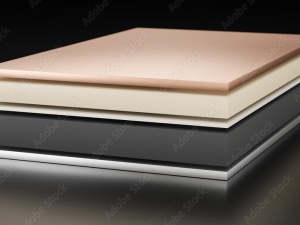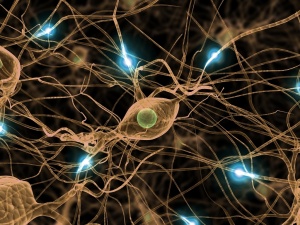Interfacial Degradation and Pattern Evolution of Exfoliated Graphene by Cyclic Mechanical Loading
Abstract
The interfacial interactions between 2D materials and polymer substrates receive increasing interest due to the surge of flexible electronics, multifunctional coatings, and nanocomposites. Although the strain effect on electrical, optical, and mechanical properties of 2D materials is extensively investigated, understanding the interfacial mechanics of 2D material-polymer systems by dynamic loading is still a challenge. Here, the interfacial degradation and pattern evolution of mechanically exfoliated single- and few-layer graphene on polydimethylsiloxane (PDMS) substrates by cyclic mechanical loading, are reported. It is found that the tensile strain leads to interfacial slippage between graphene and PDMS, whereas the compressive strain can be transferred to graphene with a transfer efficiency above 80%. Through cyclic loading, the graphene surface is seriously deformed by formation of multiple instability patterns including wrinkles and cracks. The morphological characteristic and evolution mechanism of the wrinkles and cracks are analyzed and discussed in detail. The interfacial adhesion energy is evaluated by wrinkle profiles and it decreases from ≈23 to ≈2 mJ m−2 as the cycle number increases. This work can promote better understanding of the interfacial effect of 2D materials on polymer substrates and controllable fabrication of various wrinkled or crumpled surfaces of 2D functional materials by cyclic mechanical loading.






